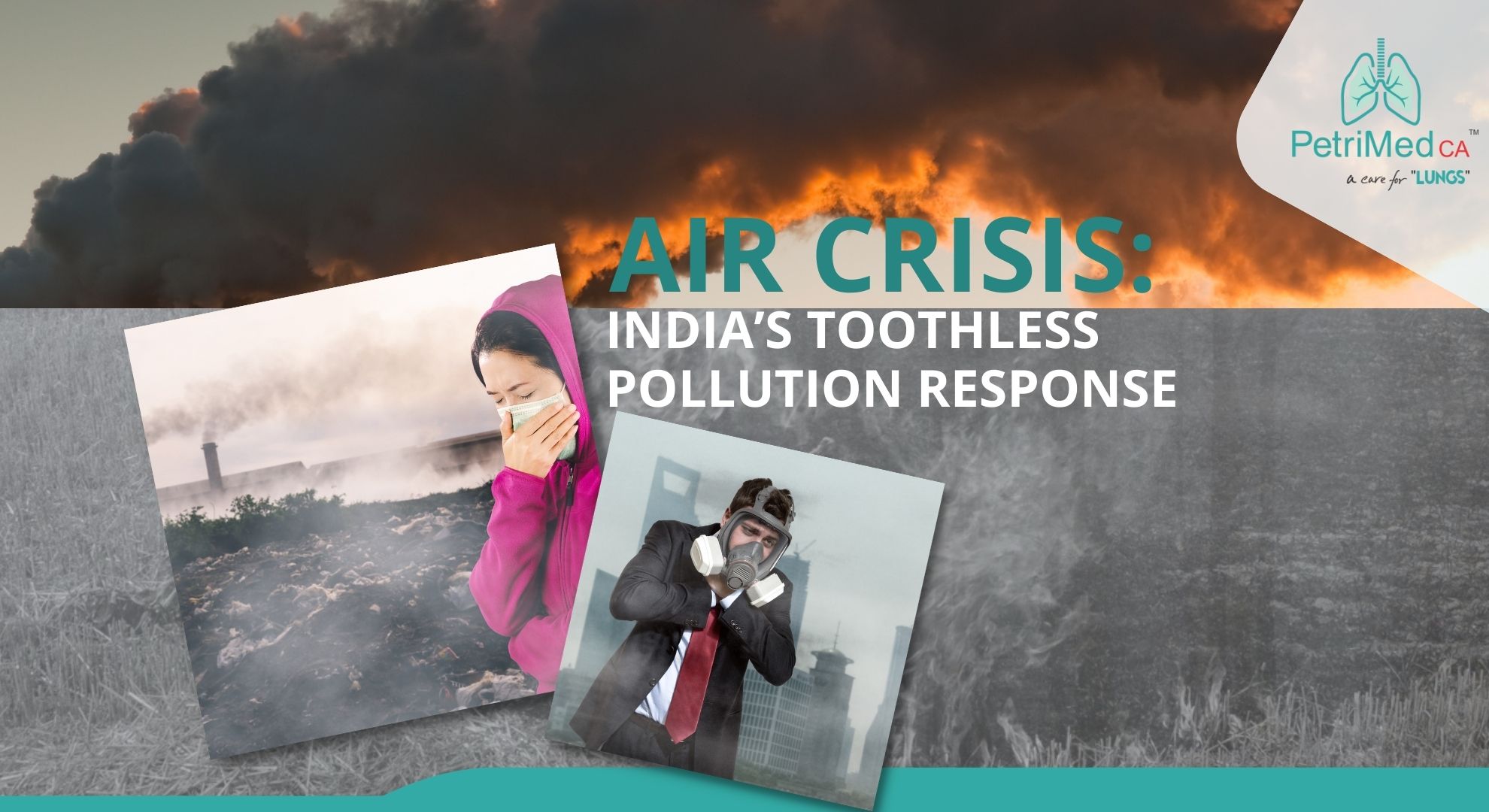Air Crisis: India's Toothless Pollution Response
09 Feb 2023
We are at a crossroads on our path to clean air, and the decisions we take now will influence the air that current and future generations breathe. At this juncture, embracing the principles will align us with the path of sustainable development we have committed to nationally and globally. Disregarding them will ensure that piecemeal interventions continue to be the norm, coming at the expense of the health and well-being of India’s young populace and its economy.
Meaningfully reducing air pollution in India is a decadal challenge that will require political will combined with professional and technical skills. Starting from a much higher baseline load than other countries that have faced this issue, India’s task is an unenviable one. The advantage, however, is that half a century of global action on air pollution has taught us what works and what does not. Going forward, our guiding principles must:
1. Set clear and long-term goals with the interim markers of success;
2. Reduce emissions at source, from all sources within and outside the home;
3. Forefront the science and embrace interdisciplinary frameworks for action;
4. Embrace new tools and techniques, and equip our regulators to apply them; and
5. Place equity and social justice at the heart of decision-making.
Let’s take the case of stubble burning, we are not yet able to implement effective measure. Realistic reductions in stubble burning can only come through transitions in cropping patterns across Punjab and Haryana. Such a large-scale, long-term transition away from decades of recognized practice can only happen when economic, environmental, agricultural, and dietary policies are implemented to provide the right set of encouragements to farmers.
Concurrently, we must avoid the techno-fixes currently dominating address and recognise the long-term transitions necessary to sustainably improve air quality. Whether it is the installation of hugely expensive and ineffectual smog towers or the allocation of thousands of crores of taxpayer funds to distribute ‘happy seeders’ to farmers, the emphasis on immediate, in situ, post facto solutions are a harmful distraction.
The advent of novel instrumentation and satellite technologies to measure pollution levels and the use of data analytics techniques by regulators around the world only serve to remind us of how far we still must go in addressing our own capacity constraints.
The first of these reforms is the need to move beyond the city-centric view of air pollution, instead adopting an airshed approach to managing air quality. Such an approach accommodates the fact that air pollution does not recognise administrative boundaries and disperses across an area that shares climatic and geographical characteristics.
Regulating air quality in such an airshed requires an integrated approach that accounts for urban and rural sources, favours coordinated action across authorities, aided by an agency that has the authority to direct action.
PetriMed CA Air Purification System – is the answer to combat the onslaught of this new kind of puzzling and bewildering air pollution.
A multi steps, 3 storey Air treatment system, not barely purification.
1) Ultra-fine filtration and Medical Grade Plus HEPA filter H14 ISO ISO 50 U) ensures ultra-fine filtration up to 99.999% (highest), ensures contamination free air.
2) UVC disinfection: To kill fastidious microbes including SARS-CoV-2 and its variants like Omicron.
3) Air Ionization, air nourishment along with purification for additional health benefits.
